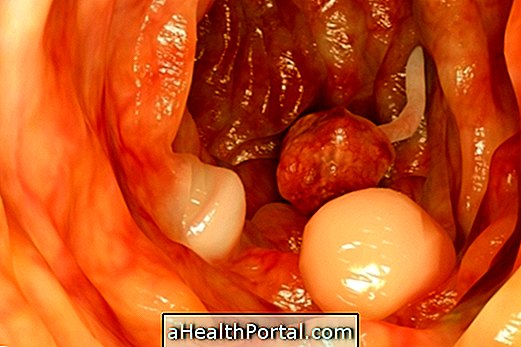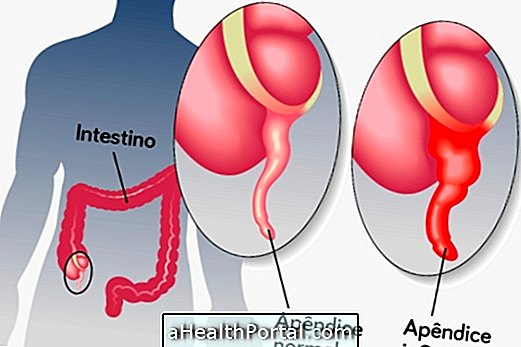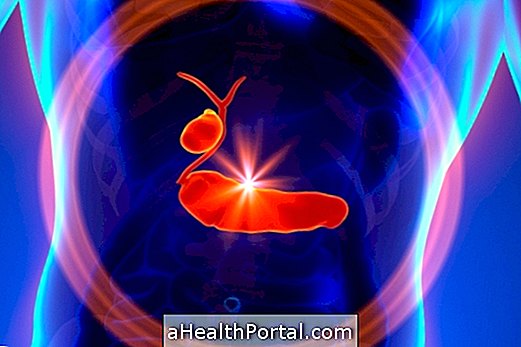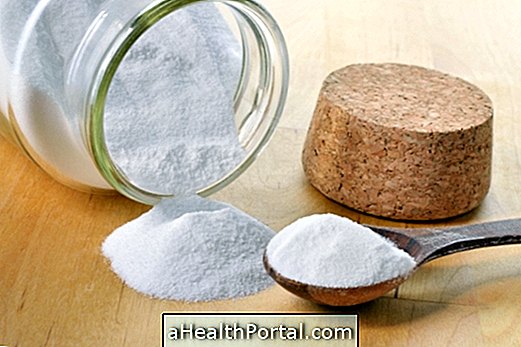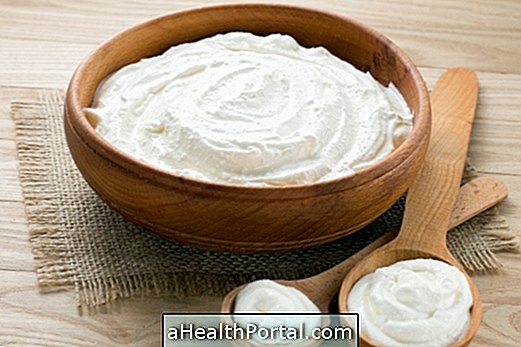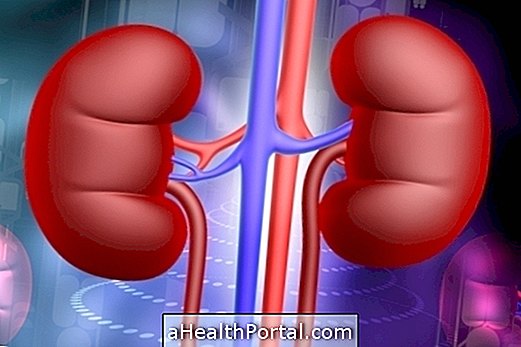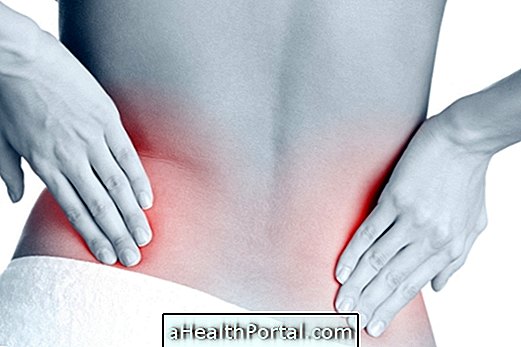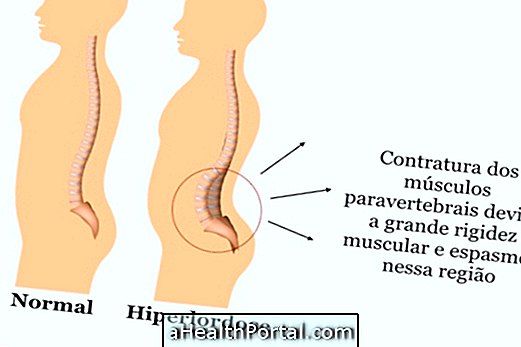The presence of blood in the stool can be caused by an injury located anywhere in the digestive system. Blood may be present in very small amounts and not be visible or be very apparent.
Large amounts of blood in the stool generate black stools and very badly smelling, receiving the name of Melena, which, most of the time, is related to a high digestive hemorrhage in the esophagus or stomach, for example.
Already the presence of live red blood in the stool may indicate a low digestive hemorrhage, which can occur in the intestines, rectum or anus. The closer the anus the wound is, the blood will be redder. Learn the symptoms and treatment for live red blood in the stool.
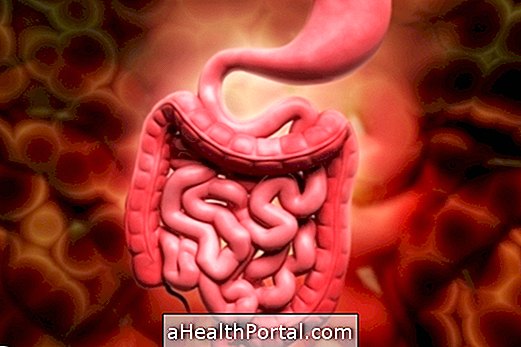
Main causes of blood in stool
Blood in stool can be caused by:
- Endometriosis (women);
- Hemorrhoids;
- Anal fissures;
- Ulcer in the stomach;
- Cancer in the gut - Learn the symptoms here.
- Diverticulum;
- Vascular malformations;
- Inflammatory diseases;
- Intestinal polyps and others.
To identify the blood in the stool it is enough to observe them soon after evacuating. The blood can be very visible, showing around the stool, you may notice small risks of blood in the stool or the blood may be present throughout the fecal cake, leaving it black, pasty and very badly fragrant.
Sometimes the individual's attention is the presence of bright red blood on the toilet paper after cleaning. See other signs that help identify blood in the stool.
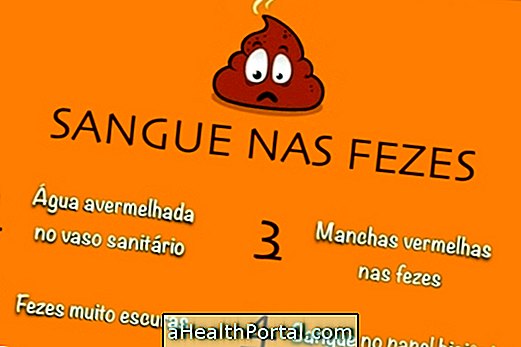
What to do in case of blood in stool
When noticing the presence of blood in the stool, the individual should go to the gastroenterologist as soon as possible so that tests such as occult blood test and digestive endoscopy can be ordered to check the origin of this bleeding and thus initiate the treatment.
Watch the following video and learn how to take the stool correctly:

How to treat
The treatment to eliminate blood from stool depends on what caused it. Sometimes a gastric ulcer may be the cause of the problem and the solution would be to treat the ulcer with the use of antacids and a special diet, for example. At other times, the solution is in improving the individual's nutrition if the problem is caused by very dry stools.
Thoroughly investigating what is causing the blood in the stool is the starting point. The only really effective way to take care of this nuisance is to address the source of the problem.


